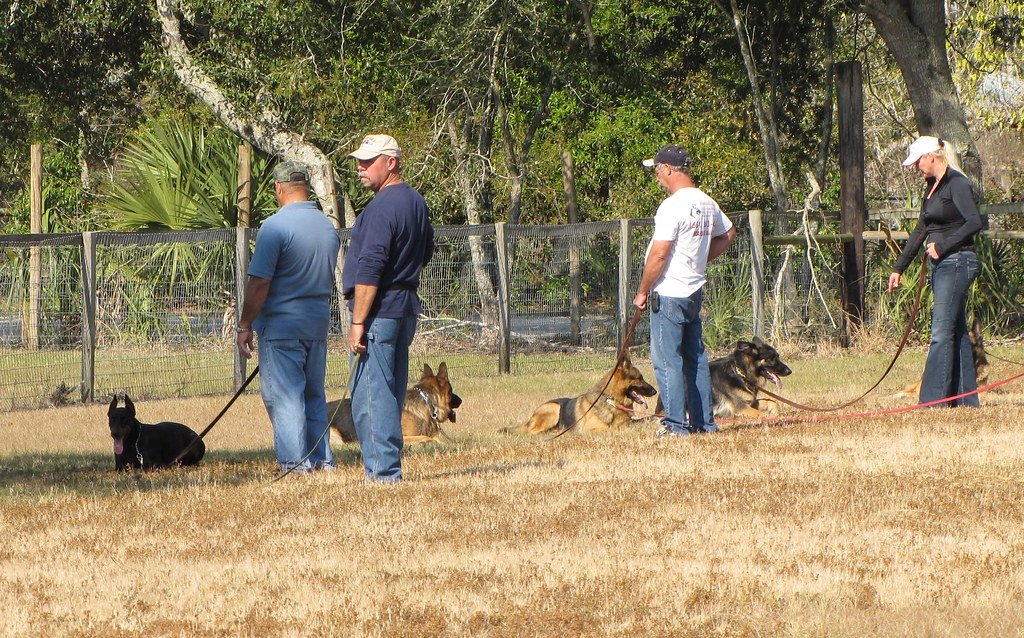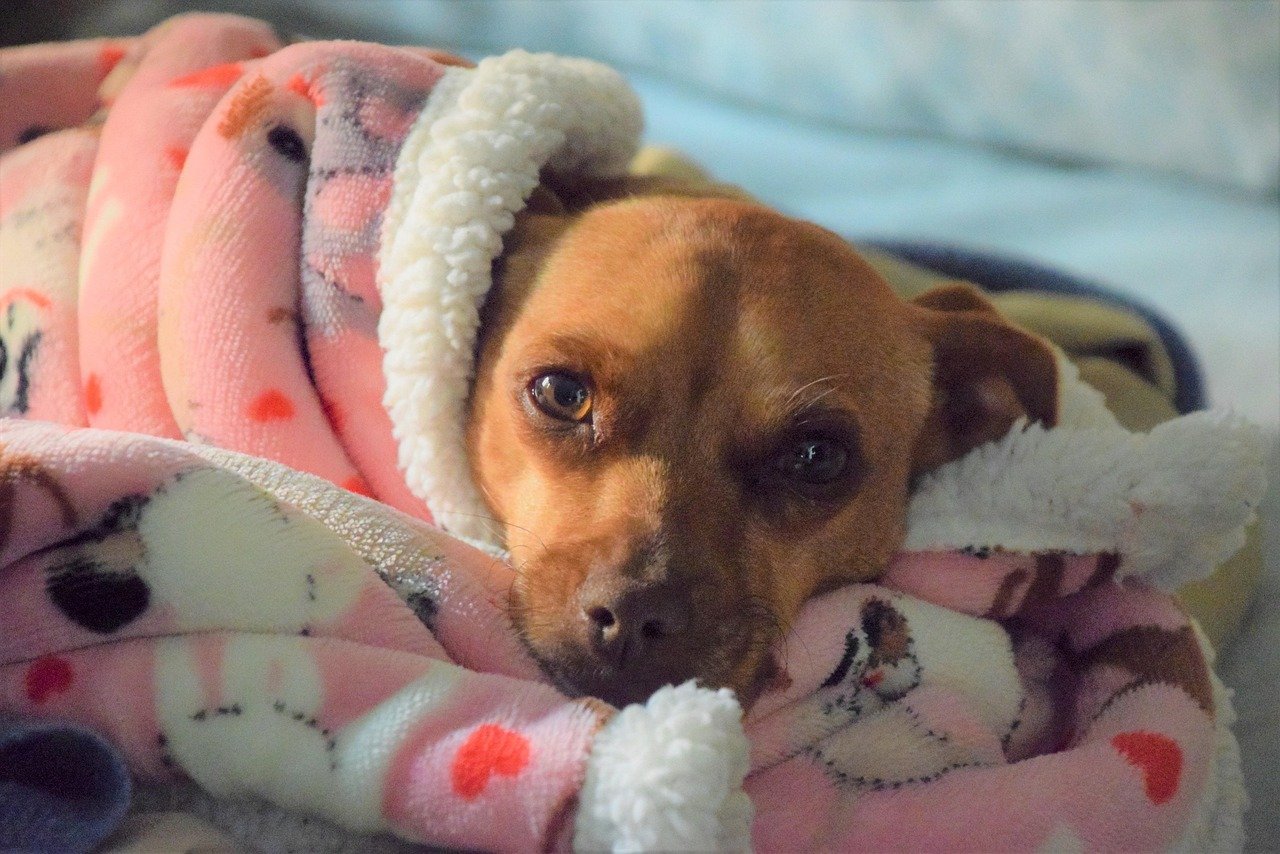Picture this: it’s 2 AM and your furry best friend is pacing around the living room like they’re training for a marathon. Their restless behavior can leave pet parents feeling helpless and exhausted. Whether your dog is dealing with anxiety from thunderstorms, separation issues, or just can’t seem to settle down, their distress affects the entire household. But here’s the thing – restless behavior in dogs is incredibly common and thankfully, very manageable with the right approach.
Nearly one in four dogs show fearfulness of new people, dogs, and situations, while studies indicate that roughly three-quarters of dogs have at least one anxiety-related behavior. This means you’re definitely not alone in dealing with a restless pup. The good news? There are proven methods to help your four-legged family member find their zen and get back to being the happy, relaxed dog they were meant to be.
Create a Safe, Quiet Space

Isolating your pet in a safe and quiet space can help calm their frayed nerves. Creating a calming environment for your dog can help alleviate anxiety by offering a comforting, familiar space to sleep in, using calming products like pheromone diffusers or calming music, or providing a soft blanket with your scent. This isn’t about punishment – it’s about giving your anxious dog a retreat where they can decompress.
Think of it like creating a cozy den where your dog feels completely secure. Choose a quiet corner of your home, maybe a spare bedroom or even a large closet, and fill it with their favorite blankets and toys. When it storms, place your dog in the most sound-resistant part of the house (an interior room without windows, such as a bathroom or closet). Sit with him, if necessary, or give him a favored toy or distraction puzzle. Turn on the TV or radio to deflect outside noise.
Try Compression Therapy with Anxiety Wraps

The ThunderShirt is over eighty percent effective in helping to calm dogs and reduce anxiety in stressful situations. Like swaddling an infant, our dog anxiety vest’s patented design applies gentle, constant pressure to calm many types of anxiety and fear issues in dogs. The wraps work under the theory that pressure applied to the dog’s torso causes a calming effect, like swaddling a crying infant or hugging a distressed person.
Scientifically, gentle pressure releases chemicals called endorphins that promote a sense of well-being. Research suggests that this type of pressure can release a calming hormone like oxytocin or endorphins. It’s like giving your dog a constant, reassuring hug that helps them feel secure and grounded when their world feels chaotic.
Increase Physical Exercise Before Stressful Times

Increasing the amount of time your dog spends playing and exercising is a fantastic way to relieve anxiety. If you want to take it a step further, pay attention to what times of day your dog tends to be most anxious and add the extra exercise before those times. A tired dog is often a calmer dog, and this simple strategy can work wonders for restless behavior.
Using exercise as both a bonding time and to tire out your pet is often an easy fix! Because anxiety can cause an excess of energy, taking your dog out to play ball or on a long walk before you leave can be helpful. Providing plenty of physical contact and talking to them during this time is also beneficial. Think of exercise as your dog’s natural stress reliever – it burns off that nervous energy while flooding their system with feel-good endorphins.
Use Mental Stimulation and Training

You may need to use additional strategies, such as mental stimulation, to help calm your hyperactive dog. Here are a few ways to put your dog to work and give them some serious mental exercise. Spend twenty minutes a day practicing training commands. Reinforce their positive behavior with food. As your pup masters their training, introduce new commands and tricks.
Mental exhaustion can be just as effective as physical exercise for calming a restless dog. Rather than feeding your dog from a bowl, place their food in a treat pouch or a bag that you carry in your pocket. Try puzzle feeders, hiding treats around the house, or teaching new tricks to keep their brain engaged and focused on positive activities instead of their anxiety.
Maintain Consistent Daily Routines

Change can be hard on anyone, but especially on dogs – our pups thrive on consistency and routine. Disruptions to a dog’s routine, no matter how large or small, can lead to anxiety and nervousness. Try to keep your dog’s meal and walk times consistent from day to day. Dogs find comfort in predictability, and knowing what to expect next can significantly reduce their stress levels.
What seems to work best is predictability. If dog does X, then Y happens. It sounds simplistic, but it really seems to help dogs know what happens when. Establish regular feeding times, walk schedules, and bedtime routines. Even something as simple as always putting on your shoes before walks can become a comforting signal that helps your dog understand what’s coming next.
Practice Positive Reinforcement Training

One way is counterconditioning. The purpose of counterconditioning is to change your dog’s response to the stimuli responsible for anxiety, usually by replacing the anxious or aggressive behavior with a more desirable behavior, like sitting or focusing on the owner. This approach helps rewire your dog’s brain to associate previously scary situations with positive experiences.
This involves praising and rewarding desired behavior, rather than punishing unwanted behavior. Work with your pet on training when they’re calm and rested. For example, give your animal treats and praise while training them to sit on command. Expand your training to include going to a comfortable space or lying down on their bed. Your goal is to get your dog to do something settling like sitting next to you or retreat to a safe place.
Try Gradual Desensitization

Another training strategy is desensitization. The owner slowly introduces the dog to the source of anxiety, preferably in small doses and at a decreased intensity. Repeated exposure and rewarding positive behavior can go a long way toward managing anxiety. This technique works especially well for dogs who are afraid of specific triggers like loud noises or car rides.
If your dog has separation anxiety, you can gradually desensitize them to being left alone. Start by first just walking out of the room and immediately coming back; then gradually increase the amount of time that you are out of sight. The key is to go slowly and never push your dog past their comfort zone – patience is everything with desensitization training.
Stay Calm and Avoid Reinforcing Anxiety

Stay calm. Your dog will respond to your emotional state. If you are frightened or frustrated, keep it to yourself. Be upbeat as you speak to your dog and don’t make a big deal out of the situation. Dogs are incredibly perceptive to our emotions, and your anxiety can actually fuel theirs, creating a vicious cycle of stress.
Your dog will look to you for reassurance, but do not overindulge him with hugs and kisses, which will only reinforce his behavior. Instead of fussing over your restless dog, try to act normal and confident. Your calm energy becomes their anchor, showing them that whatever they’re worried about isn’t actually a big deal.
Consider Professional Help and Medication

No matter which medication your veterinarian chooses, you also need to put behavior-modification protocols in place to help your dog work through their anxiety. Anti-anxiety medication may help your dog feel calmer, while behavior modification techniques help to remodel the emotional response your dog has to anxiety-inducing triggers. Working with a certified behaviorist or trainer is the best way to help resolve your dog’s anxiety behavior.
If nothing else seems to work, schedule an appointment with your veterinarian or an animal behavior specialist. They may recommend prescription or over-the-counter options, which can be effective, long-term solutions when combined with the other steps listed here. If specific events trigger your dog’s anxiety (such as fireworks or loud noises), your vet might be able to prescribe an as-needed option to calm your dog’s nerves.
Conclusion: A Calmer Tomorrow

Helping a restless dog find peace isn’t about finding one magic solution – it’s about combining multiple strategies that work together to create a calmer, more confident pup. Every dog is different, so what works perfectly for your neighbor’s Golden Retriever might not be the ideal approach for your anxious Border Collie.
The most important thing to remember is that progress takes time. While there’s no overnight cure, time and patience can go a long way. Each of these approaches can take four to eight weeks to be effective. Whether you’re dealing with thunderstorm phobia, separation anxiety, or general restlessness, consistency in your approach will yield the best results.
Your restless dog isn’t trying to drive you crazy – they’re simply asking for your help in the only way they know how. With patience, understanding, and the right combination of techniques, you’ll both be sleeping soundly again soon. What surprised you most about these calming methods?





